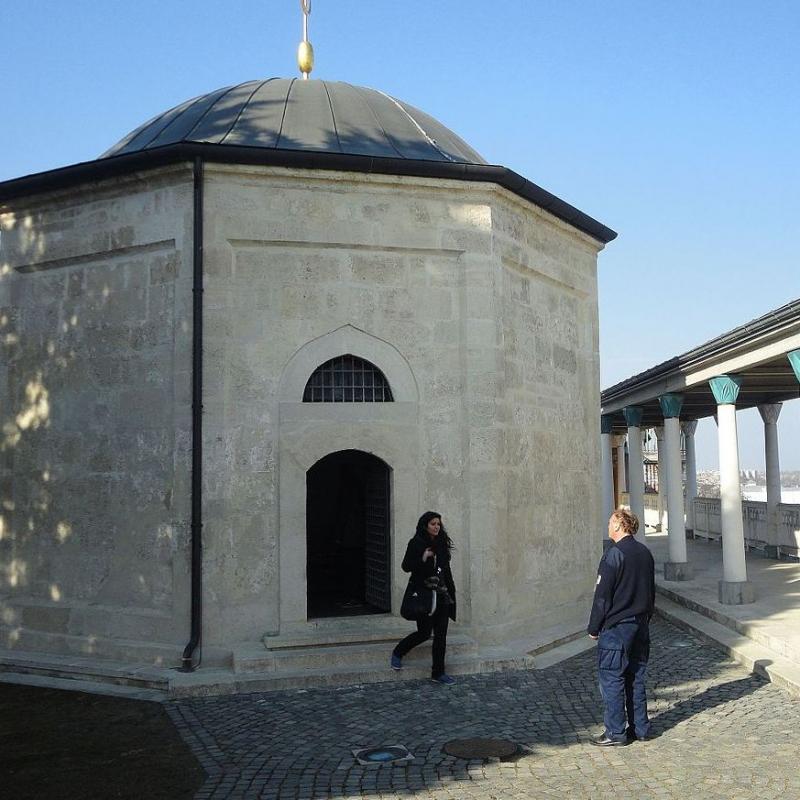Closed
Business Details
Gül Baba, the father of the Roses, was a Bektás dervish, i.e. warrior Muslim monk, who arrived in Buda with the invading Turkish army in 1541. According to legend, he died on September 2, 1541, during a thanksgiving service held in the church of the Blessed Virgin Mary, which had been converted into a mosque, on the celebration of the capture of the city. An elaborate funeral was organized in his honor, in which Sultan Süleymán I himself participated, and according to legend, he even joined the coffin bearers.
The tomb erected over the grave of Gül Baba was built between 1543 and 1548 by Mehmed Jahjapasazáde, the 3rd Pasha of Buda. Since then, the place has been a place of pilgrimage for Muslims and a regular destination for tourists.
The building stands on a carefully constructed stone plinth, has an octagonal plan, and is covered with a dome. It is built of ashlar stone, its external facade is simple, its sides are divided by wall mirrors, and every other window opens. Its entrance is on the east side. The opening frame of the entrance is formed by limestone columns, closed in a semi-circle, but originally it was arched. Its interior walls were made of shapeless sandstone, its only architectural ornament was a row of brick gables. It is capped by a hemispherical dome supported by groins. Its floor is covered with smooth planed boards, on which stands a large wooden coffin decorated with a turban. The original was replaced in 1912.
Source: Wikipedia
The tomb erected over the grave of Gül Baba was built between 1543 and 1548 by Mehmed Jahjapasazáde, the 3rd Pasha of Buda. Since then, the place has been a place of pilgrimage for Muslims and a regular destination for tourists.
The building stands on a carefully constructed stone plinth, has an octagonal plan, and is covered with a dome. It is built of ashlar stone, its external facade is simple, its sides are divided by wall mirrors, and every other window opens. Its entrance is on the east side. The opening frame of the entrance is formed by limestone columns, closed in a semi-circle, but originally it was arched. Its interior walls were made of shapeless sandstone, its only architectural ornament was a row of brick gables. It is capped by a hemispherical dome supported by groins. Its floor is covered with smooth planed boards, on which stands a large wooden coffin decorated with a turban. The original was replaced in 1912.
Source: Wikipedia
Map Location
BUSINESS REVIEWS
There are no reviews at the moment





Gül Baba türbéje